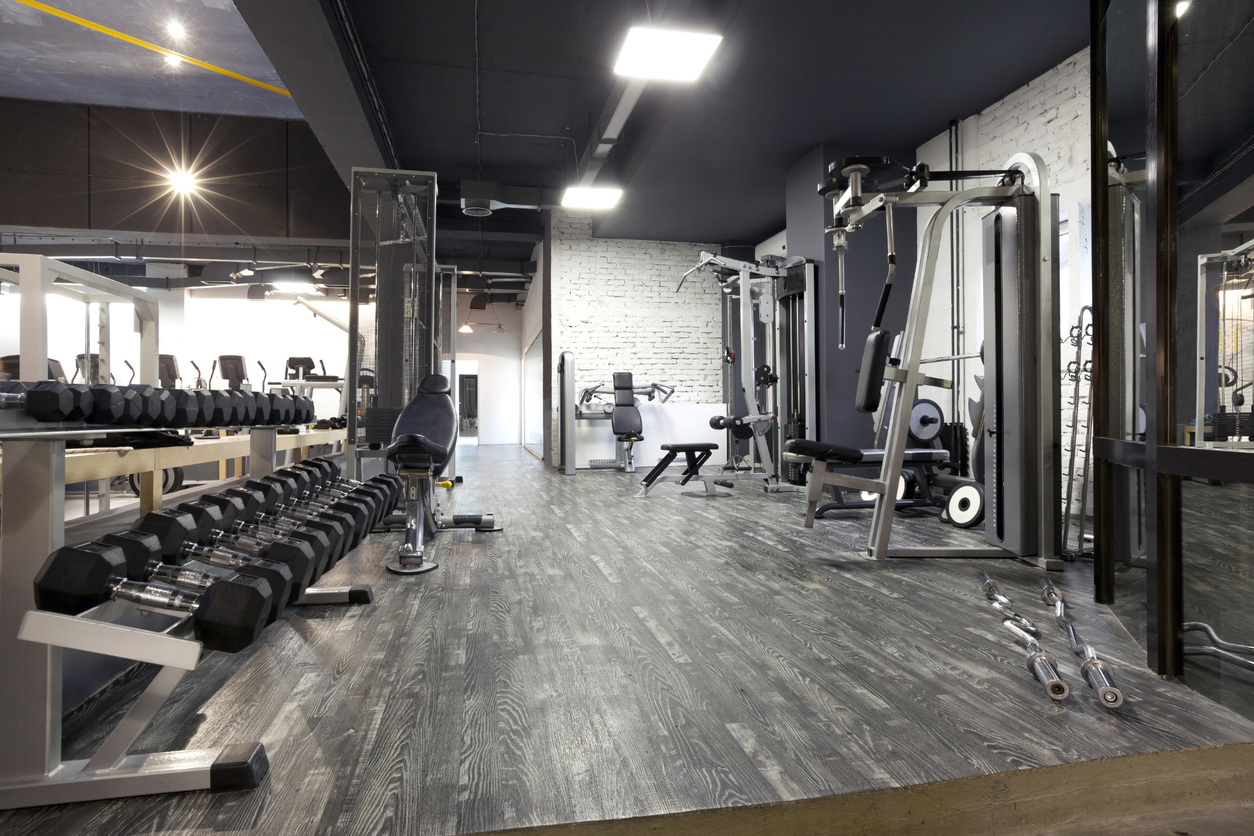Free weights vs fixed weights (machines) is a great debate in the weight room – which is more effective in getting you toned up, stronger and everything else that we aim to achieve in the weights room. There is a bit to go through here, so let’s delve into it and put the nail in the coffin on this debate.
Free weights exercises refer to using equipment such as barbells, dumbbells and kettlebells where the load can be readily determined and varied. These allow for movement in multiple movement planes and require greater coordination and balance. On the other side, machine exercises maintain a fixed-pattern movement at an externally set range of motion.
Advantages of free weights
There are a plethora of advantages to free weights, but if I explained them all then we could be here for a while. When using free weights, the muscle contraction (burn or pump) allows for a more natural movement feel. This is because the exercise is performed at a constant velocity through the range of motion and requires balance in all planes. By using free weights you are recruiting and engaging the stabilising muscles within the body that aren’t really used day-to-day. By activating these little muscles you are giving the body better overall stabilisation and support through movement. Versatility of movement comes with free weights – with one barbell, set of dumbbells or kettlebell, the amount of exercises you can do are limited to your imagination. Also, if you don’t like moving around the gym, then you are able to find and stay in your own spot.
A greater range of motion is also achieved with free weights. Concentric, eccentric and isometric muscle actions are involved and with this you have complete freedom to choose. Free weights can also improve your flexibility and joint range of motion to a certain degree, more so if you are a beginner and not experienced with other forms of stretching, because it will put your muscles in positions and lengths that it is not used to. I still do recommend that before and after a workout you do some form of stretching, whether that be static or dynamic.
Advantages of fixed machines
Now don’t get me wrong – machines have their place in the gym, otherwise they wouldn’t be there, so let’s list off the benefits. The ability to isolate a single muscle group is something that can really only be achieved using machines. A machine has a fixed plane of movement which takes away the use of the stabiliser muscles which act as a secondary muscle activation. If you are just starting in the gym, unsure on techniques and without guidance from a personal trainer/fitness instructor, then machines are a good self-teaching tool. There are instructions for you on how to use the machine, details on how to set up and move the weights. These are great tools to familiarise yourself with movements that you can progress to doing with free weights. If you are a beginner or someone coming back from injury, then machines are a great piece of equipment to start with as there is a reduced risk for injury. Fixed machine weights are much more stable and supportive; there is less technique involved in fixed resistance, which provides less opportunity to perform the exercise incorrectly.
Conclusion
So who takes out this great debate? It is a tough call as both have great advantages to them but here we go. Becoming confident and spending a good portion of your workout working with free weights is the ideal way to go. Over time you are building great movement patterns, muscle coordination, strength, balance and, not to forget, confidence. For a beginner, in your own time, (if you are not with a personal trainer or other qualified instructor) work your way up to becoming confident with free weight movements by using machines as a tool to get there. When you are confident using both, spend the majority of your time on free weights but don’t forget about the single muscle isolation ability that machines have, as this is perfect for targeting and building up a weak muscle group or during the initial stages of injury rehab a safe way of coming back to the gym. In my professional opinion the overall winner is FREE WEIGHTS!
Extra info for experts: Movement planes explained
The frontal, sagittal and transverse planes are the three movement planes we talk about. The frontal plane cuts the body into front and back halves (anterior & posterior), allowing for movements side to side/trunk side bending. The sagittal plane divides the body into left and right sections allowing for forward and back motion movements, flexion (bending joint or moving two bones closer to each other) and extension (straightening of joint or moving two bones further from each other). Lastly, the transverse plane which divides the body into top and bottom with movements occurring in this plane being twisting and rotating.






